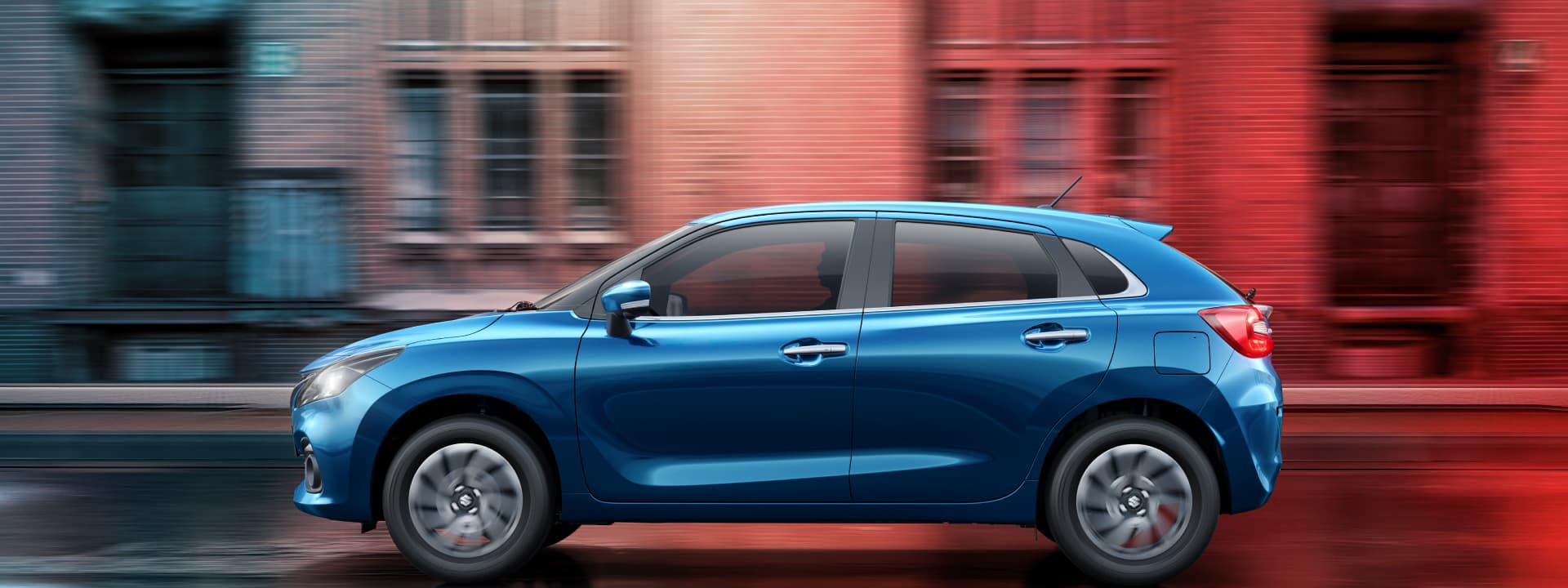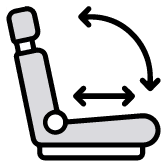
10 ESSENTIAL RULES OF DRIVING
Modern cars inherently feature sophisticated levels of refinement and immediate performance. Therefore, driving safely should be your
primary concern. Patience, attentiveness and a calm bearing are key to dealing with unpredictable road conditions and driving behaviour.
Being a responsible individual you need to be cognizant of safety issues, both for yourself and others on the road.
Here Are 10 essential tips to truly make every drive safe and memorable.


Your car is an extension of you. So, sit inside the car, get to know the functions of various buttons and knobs. Enjoy the feel of the clutch, accelerator and brakes.


You will enjoy the drive only when you are comfortable. So, before driving adjust the seat, the mirrors and the steering wheel. Also adjust your seat in a way to get easy access to the brake pedals, the steering wheel and the gear lever comfortably.


Have a clear view of the road behind by adjusting the Interior Rear View Mirror (IRVM) correctly. Similarly, adjust the Outside Rear View Mirrors (ORVMs) to have maximum vision of the road behind you. Also remember, “Objects in the mirror are closer than they appear.”


Today’s cars have multiple features which are accessible through just a touch, be it the air-conditioner, wipers, beam adjustments and more. There are also symbols that cue the status of a feature in use. However, a lot of symbols on the instrument panel are warning symbols and usually appear in orange or red colour, signifying that the vehicle or a specific part is malfunctioning.


A seat belt is required not just by law, but also to ensure your safety in the unlikely event of a mishap. It may actually save your life, preventing you from being thrown off the seat, which may result in serious injuries.


The urge to experience the thrill of high speeds is quite natural with a new car, but it is an urge best avoided. Instead, it is always advisable to drive at a moderate pace. Slowly getting accustomed to your new car, its various controls, and, most importantly, developing a sense of perception and reaction to help sharpen your reflexes while driving.


This takes some getting used to since you need to plan a bit in advance. Figure out the lane you want to move to, check the rearview mirror to confirm that no other vehicle is trying to overtake you on that side, and then turn on your signal indicator. Once you are sure, change lanes and turn off the signal indicator.


Keep yourself free from the distractions of mobile phones, particularly texting, while driving. If you have to use the phone urgently, stop on the side of the road to use it.


Nose-to-tail driving is irritating and dangerous. Car experts usually advise a two-car distance as it gives you room to manoeuvre in case the car in front brakes suddenly or swerves to avoid any obstacle on the road. Ideally speaking, as the speed of your car increases, so should the distance between it and the vehicle ahead.


The essential documents you should always carry include: